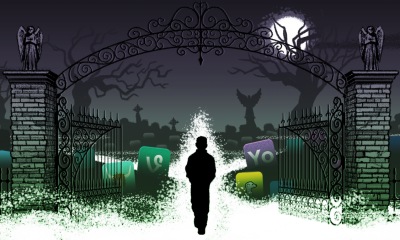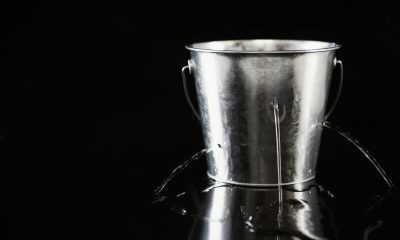Entertainment
The ultimate final girl superlative list
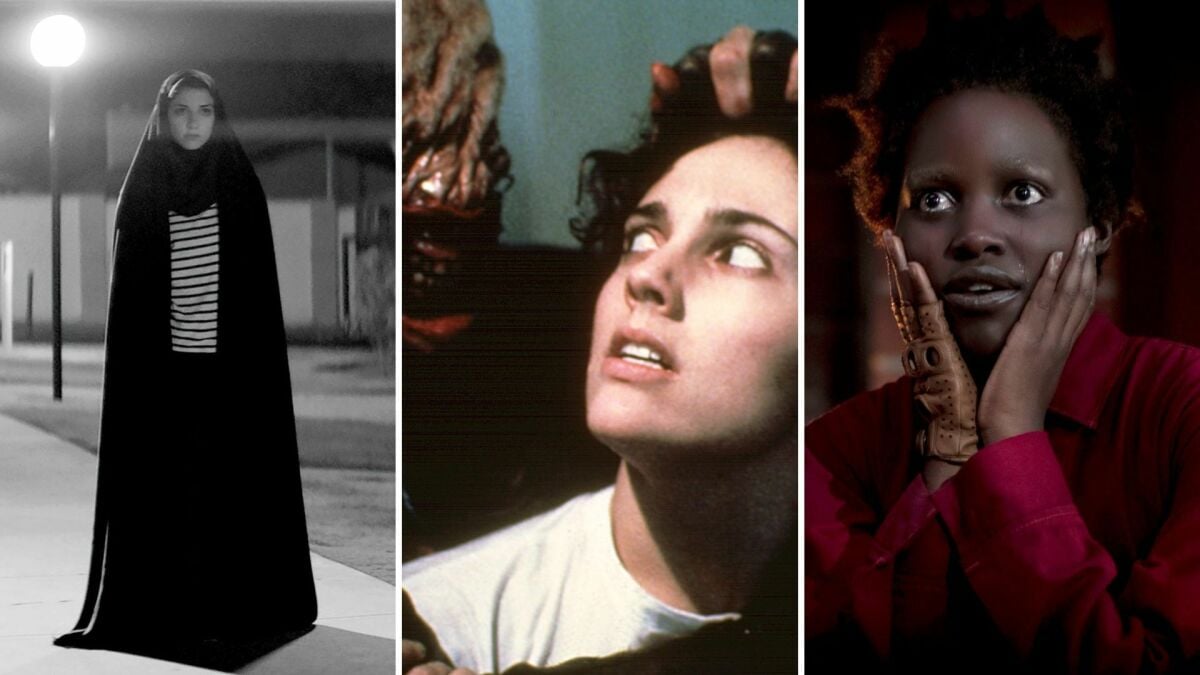
The “Final Girl,” the last heroine standing at the conclusion of the horror/slasher film, is arguably one of the most exciting tropes horror films have to offer.
In Carol J. Clover’s Men, Women, and Chainsaws, which featured her now-famous theory of the Final Girl, she explained that horror films often exhibit a favoritism to the ‘innocent’ women that sit as the antithesis to her promiscuous peers. Those that participated in acts of sex, drug use, or “immoral” behavior died in horrific manners while the lone innocent had the privilege to make it to the end of the film.
From these women’s independence and strength to their cultural power as scream queens, their sway over the industry is undeniable. And, due to decades of different directors, actors, and productions toying with the trope, the bounds of what a final girl should be have transformed tremendously, opening doors for more unique and outstanding performances.
From greatest bloodcurdling scream to greatest dressed, all the greatest final girls star in moments that have redefined the trope again and again.
Sally Hardesty (Marilyn Burns), Texas Chainsaw Massacre (1974)
Greatest “epic ending”/ maniacal laugh
In the breathtaking final scenes of Texas Chainsaw Massacre, Sally Hardesty’s pick-up truck shot scene takes the cake and becomes a famous reference in horror history. After escaping from Leatherface and his sinister family’s slasher attempts, Sally steals the slasher’s chainsaw (or phallic symbol, for film buffs who enjoy more feminist readings) and uses it against him, injuring his leg. Defeating the toxic male-dominated family secures her power as the last heroine standing, and she victoriously screams/cackles her way into a celebrated reference nod for many feminist films to come (*waves to American Psycho*).
Adelaide/Red (Lupita Nyong’o), Us (2019)
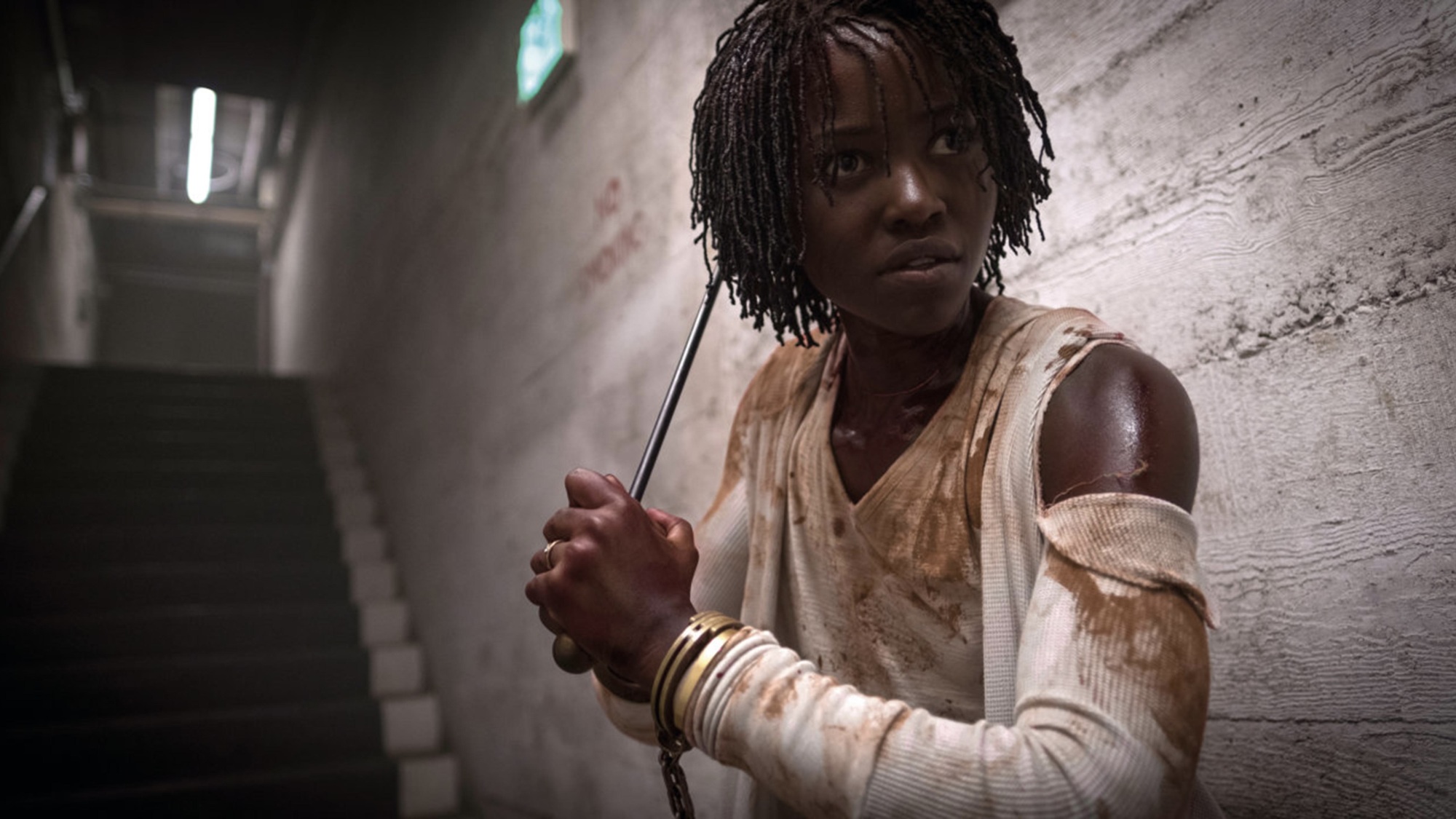
Credit: Shutterstock
Most likely to confuse the hell out of you.
This is an ode to the monologue that sends chills up the spines of the most calm and collected horror fans. On what was supposed to be a beach-house getaway, our doppelgänger antagonists —Adelaide Wilson’s “Tethered” family doubles — storm the home and introduce us to Adelaide’s double Red, whereupon Nyong’o delivers one of the greatest exposition dumps in horror history.
Audiences can’t help but hang onto Red’s every word as she explains the Tethered’s sudden emergence from the alternate universe below our world. While Red is defeated by Adelaide in the end, situating Adelaide as the film’s final girl, the finale reveals that the ultimate switch had been successfully carried out years ago by the true Tether pretending to be “real Adelaide” all along. In a violent struggle to reclaim the position of the true Adelaide, the interweaving of the two clones muddies the fine line between the “original” and the antagonist, dissolving the boundaries of what makes a Final Girl a Final Girl.
The Girl (Sheila Vand), A Girl Walks Home Alone at Night (2014)
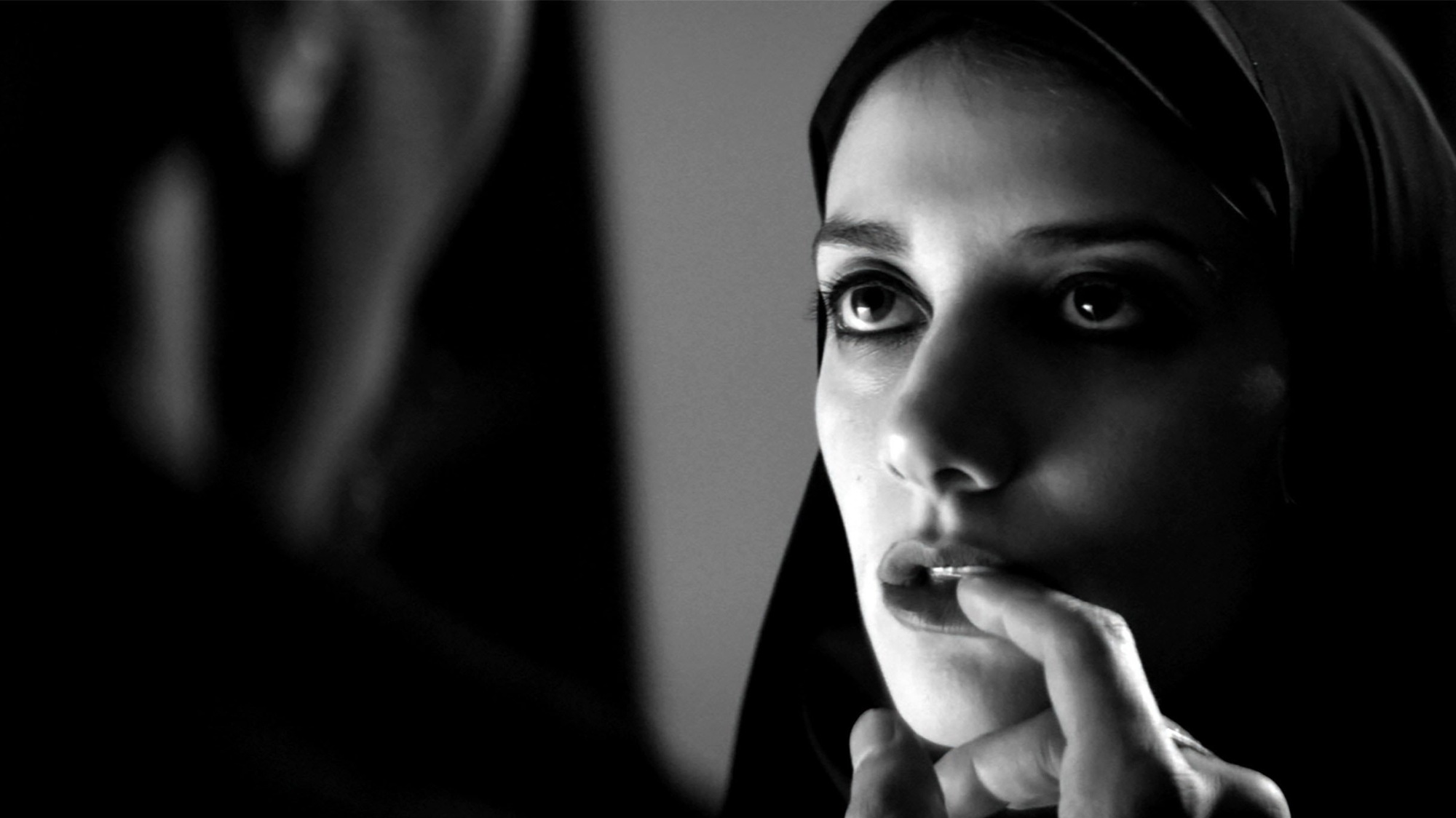
Credit: Shutterstock
Greatest dressed.
In this Iranian spaghetti western/horror film, the mysterious protagonist with no name bends horror rules in her journey to become the movie’s antagonist and final girl. An antihero teenage vampire who tortures and kills men, especially those who enact violence against women, all while keeping her identity private, “The Girl” sports a chador while riding around town on a stolen skateboard, often following sneakily behind or mirroring bystanders’ movements until they escape in terror (or, you know, get got). When Islamic women in hijabs are on screen, they are most often the ones that need saving, their veils often symbolizing weakness throughout Western film culture. The Girl appropriates and smashes through this stereotype by utilizing her veil as a sign of rebellion, the film’s very own superhero and villain. She’s the mysterious girl who upholds rules of reason and strength like most other final girls while simultaneously taking on a role of the film’s inimitable ‘slasher.’
Yvonne Miller (Kelly Jo Minter), A Nightmare on Elm Street 5: The Dream Child (1989)
Most likely to help a friend in need.
The final girl concept relies on their sensibility and strength. I can’t think of anything more sensible than finding a perverted dream invader with blades for fingers that sports a red and green TJ Maxx sweater hard to believe in.
For Nightmare on Elm Street 5’s final girl Yvonne Miller, doubting the powers of the infamous Freddy Krueger gave her an upper hand that made it a challenge for Krueger to terrorize her dreamscape. Making it to the end of the film along with the film’s most obvious final girl and Yvonne’s greatest friend, Alice Johnson (Lisa Wilcox), the independent and hilariously apprehensive Yvonne saves herself and her greatestie who is then able to defeat Krueger in her own attempt. The rarity of two final girls — and one final girl of color, at that — in ’80s slashers brought forth a new era for what final girls could be. Give Yvonne Miller her flowers, people!
Kirsty Cotton (Ashley Laurence), Hellraiser (1987)
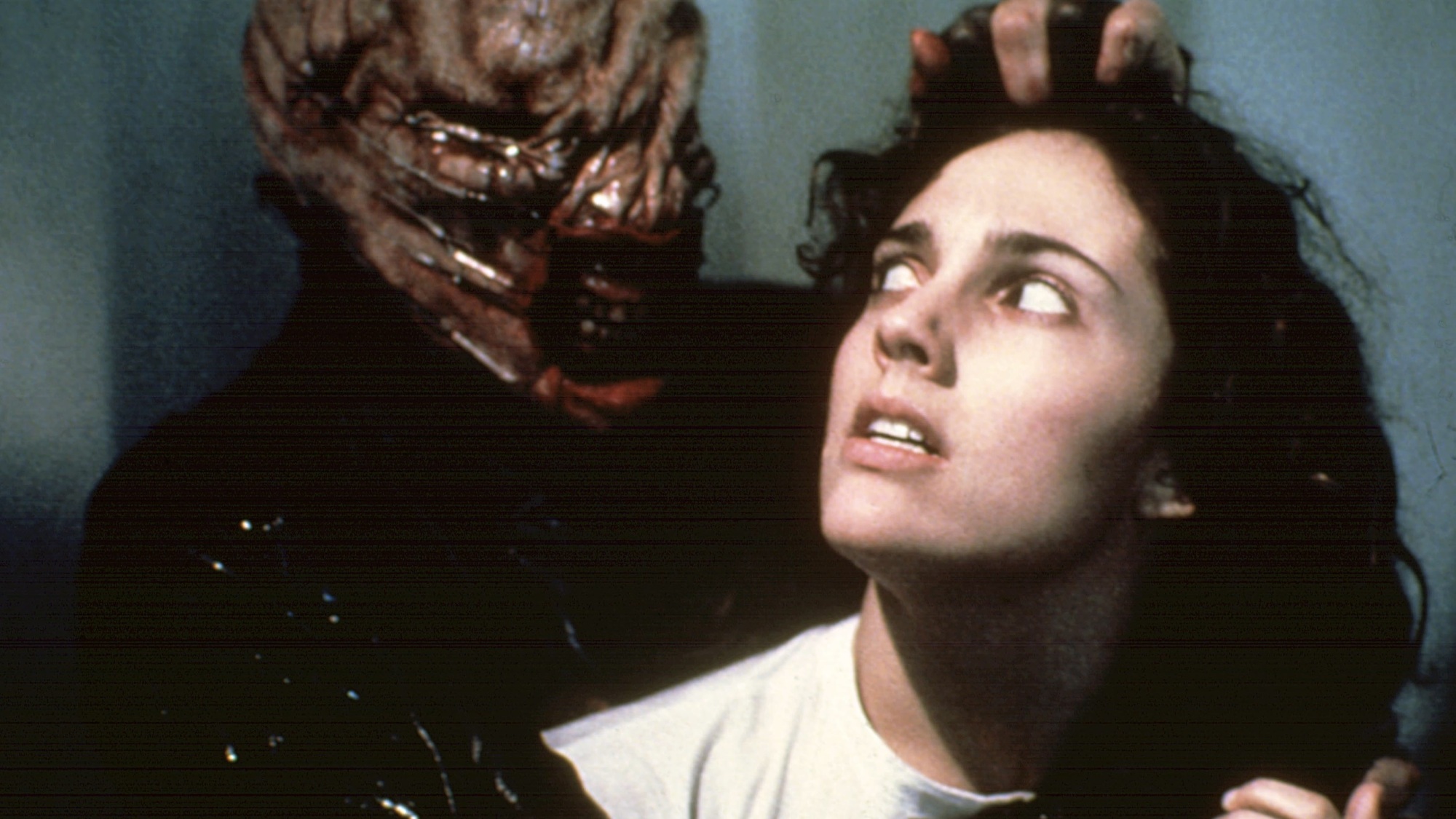
Credit: Shutterstock
Worst familial trauma. (Honorable mention for greatest hair.)
Hellraiser might be the farthest from being considered a true slasher film on this list so far, but I would be remiss if I didn’t mention Kirsty Cotton’s unique position as a final girl. Bypassing the perfection attached to the usual “damsel in distress” tropes, Kirsty refuses assistance from all men and solidifies herself as one of the more independent and badass protagonists/final girls within horror history. Both headstrong and vulnerable, she’s a force that has no qualms putting her asshole husband back in his place, but also breaks down in devastation and still gets right back up to put an end to her nightmare. Kirsty takes on her own twisted family, wicked cenobites, and the infamous Pinhead in a series of exciting events that leaves no room to deny her prowess in the matter of defeating enemies.
Between confusing doppelgänger mix-ups and antiheroes turned superheroes, we can’t wait to see where else the Final Girl trope can go.
-

 Business4 days ago
Business4 days agoElon Musk completes Twitter purchase, Meta’s in trouble and it’s time to admit self-driving cars ain’t gonna happen
-

 Business6 days ago
Business6 days agoElon Musk fired top Twitter execs including CEO, reports say
-

 Entertainment4 days ago
Entertainment4 days agoNASA’s about to test Martian landing gear in space thanks to this visionary
-

 Business6 days ago
Business6 days agoApis in talks to back fintech Money View at $1 billion valuation despite market slump
-

 Business6 days ago
Business6 days agoCountdown to compliance as EU’s Digital Services Act published
-

 Entertainment3 days ago
Entertainment3 days ago31 greatest breakup films to mend a shattered heart in 2022
-

 Entertainment2 days ago
Entertainment2 days agoWhat managers should know about quiet quitting
-

 Business4 days ago
Business4 days agoWhy “generative AI” is suddenly on everyone’s lips: it’s an “open field”



